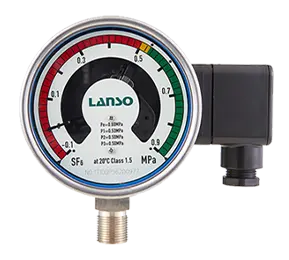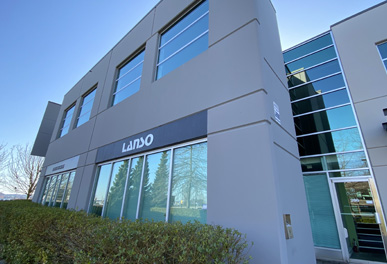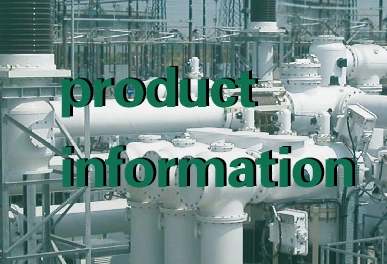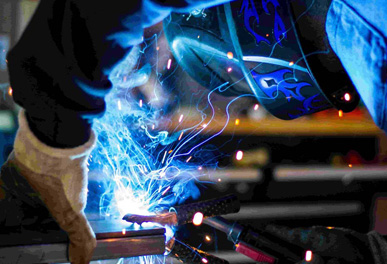SF6 circuit breakers play a crucial role in electrical systems, with the pressure gauge and SF6 density relay being essential components to ensure their normal operation. This article will explore the differences and roles of these two components, providing readers with an in-depth understanding.
Differences between Pressure Gauge and SF6 Relay
Monitoring Function of Pressure Gauge
The pressure gauge is mainly used to monitor pressure changes in the system, specifically detecting the pressure of SF6 gas in the circuit breaker. By indicating the rise and fall of pressure, it provides basic information about the gas state.
Monitoring and Control Function of SF6 Relay
In addition to monitoring pressure, the SF6 relay has more control and protection functions. It can trigger alarms and lock signals at different pressure states, with alarm and lock contact points to quickly respond in case of system abnormalities.
The density of SF6 gas represents the density of the SF6 gas pressure in a closed container at a specific temperature. Here, the SF6 gas pressure at 20℃ is taken as the standard value. The SF6 relay eliminates the influence of temperature changes on pressure indication through pressure monitoring with temperature compensation.
SF6 Relay Function and Application
SF6 relayThe role of the SF6 relay in the SF6 circuit breaker is mainly reflected in the following aspects:
Gas Concentration Monitoring
The SF6 relay is mainly used to monitor the concentration of SF6 gas in the circuit breaker, providing crucial data for the device's normal operation.
Control and Protection
When the gas pressure drops to the alarm value, the SF6 relay will emit an alarm signal, indicating the need for recharging the equipment. And when the pressure drops to the lock value, the SF6 relay will lock the circuit breaker to prevent it from operating, effectively avoiding potential accidents.
Role of Interlocking Contacts
The density of SF6 gas in the circuit breaker needs to be maintained within a certain range, and the SF6 relay ensures that the circuit breaker cannot operate below the lock pressure by setting interlocking contacts, thus preventing potential safety hazards.
Principle of SF6 Density Testing
SF6 relay Pressure measurement is achieved through a Bourdon tube, utilizing a Bourdon spring tube for accurate pressure measurement. As the pressure of the SF6 gas changes, the expansion and contraction of the Bourdon spring tube will drive the pointer to rotate, indicating the corresponding pressure reading.
During the normal operation of the SF6 circuit breaker, the SF6 relay provides real-time feedback on equipment status by monitoring pressure changes. Its highly sensitive alarm and lock mechanism ensure the safe operation of the equipment, providing strong support for the reliability and stability of the power system. The synergy between the pressure gauge and SF6 relay allows the equipment to respond quickly to complex and unforeseen situations, ensuring the continuous stable operation of the power system.
Related Article for Reference
Common Problems of SF6 Relay
In high-voltage power systems, SF6 relays play a crucial role, used to monitor the density of SF6 gas, ensuring the normal operation of electrical equipment. However, in actual use, SF6 relays may enc...
Sun 05 2024







